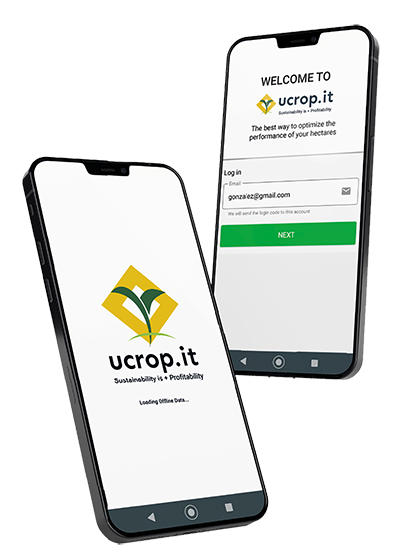The EIQ metric in agriculture stands for the Environmental Impact Quotient. It is a tool used to assess the environmental and health impacts of pesticides. Developed by Joseph Kovach and his colleagues at Cornell University in 1992, the EIQ provides a comprehensive way to compare the relative impacts of different pesticides on farm workers, consumers, and the environment.
Components of the EIQ
The EIQ is calculated based on various factors that represent the potential risks and impacts of pesticide use. These factors include:
- Farm Worker Risk: This includes the potential health risks to farm workers who handle and apply pesticides.
- Consumer Risk: This measures the potential risks to consumers who may be exposed to pesticide residues on food.
- Ecological Risk: This assesses the potential impacts on the environment, including effects on non-target organisms (like beneficial insects, birds, and aquatic organisms) and the persistence of the pesticide in the environment.
The EIQ formula incorporates several specific parameters, such as toxicity to humans and animals, potential for groundwater contamination, and the potential to harm beneficial organisms.
Importance of the EIQ
- Informed Decision-Making: The EIQ allows farmers, agronomists, and policymakers to make more informed choices about pesticide use by comparing the environmental and health impacts of different products.
- Sustainable Agriculture: By highlighting the environmental and health risks associated with pesticide use, the EIQ promotes more sustainable agricultural practices and encourages the use of safer alternatives.
- Regulatory Guidance: The EIQ can assist in the development of regulations and guidelines for pesticide use, ensuring that the chosen products minimize negative impacts on human health and the environment.
- Consumer Awareness: The metric helps raise awareness among consumers about the potential risks of pesticide residues on food, promoting demand for safer, more environmentally friendly agricultural practices.
Calculation and Application
The EIQ value for a pesticide is calculated using a detailed formula that considers the various risk factors mentioned above. Once calculated, the EIQ values can be used in several ways:
- Comparing Products: Farmers and advisors can compare the EIQ values of different pesticides to choose the one with the lowest environmental and health impact.
- Field Use Ratings: The EIQ can be adjusted based on the specific application rates and methods used in a particular field, providing a more accurate assessment of the actual impact.
- Overall Impact Assessment: By integrating EIQ values into broader farm management plans, it’s possible to assess and minimize the overall environmental impact of pest control strategies.
Conclusion
The Environmental Impact Quotient (EIQ) is a valuable tool for assessing the environmental and health impacts of pesticide use in agriculture. Developed by Joseph Kovach and colleagues at Cornell University, the EIQ helps promote sustainable farming practices by enabling more informed decisions about pesticide use. By understanding and utilizing the EIQ, farmers and policymakers can reduce the negative impacts of pesticides on farm workers, consumers, and the environment.



